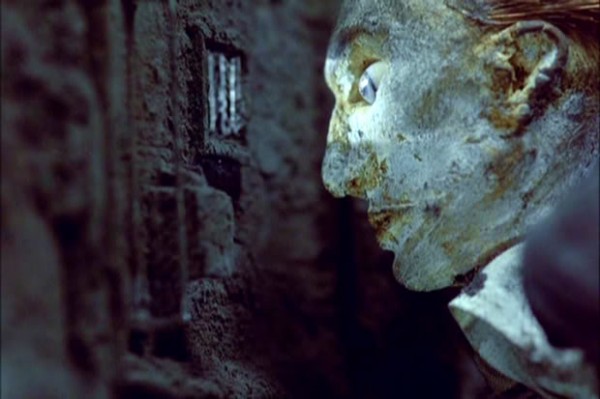
Career retrospective offers a dazzling look into the surreal world of the Brothers Quay (still from STREET OF CROCODILES, 1986)
Museum of Modern Art
11 West 53rd St. between Fifth & Sixth Aves.
Wednesday–Monday through January 7
Museum admission: $22.50 ($12 can be applied to the purchase of a film ticket within thirty days)
212-708-9400
www.moma.org
When MoMA Film associate curator Ron Magliozzi first approached twins Stephen and Timothy Quay about putting together a career retrospective at the Museum of Modern Art, the brothers weren’t sure why people would be interested in delving into their history and working process, but they opened their London studio to Magliozzi and helped design the appropriately strange and wonderful exhibit “On Deciphering the Pharmacist’s Prescription for Lip-Reading Puppets.” Similar in concept to the “Tim Burton” blockbuster a few years back, the Quay Brothers show is filled with paintings and drawings, film and video, early self-portraiture, photographs, collages, book and album covers, etchings, engravings, commercials, and other fascinating paraphernalia associated with their rather eclectic career, spread across several floors. Born in rural Pennsylvania in 1947 to a machinist father and homemaker mother, the Quays were heavily influenced by illustrator and naturalist Rudolf Freund, whom they met in the late 1960s; Polish poster art from the 1960s, which they saw in a 1967 exhibition at the Philadelphia College of Art; and avant-garde, experimental shorts by Jan Lenica and Walerian Borowczyk.
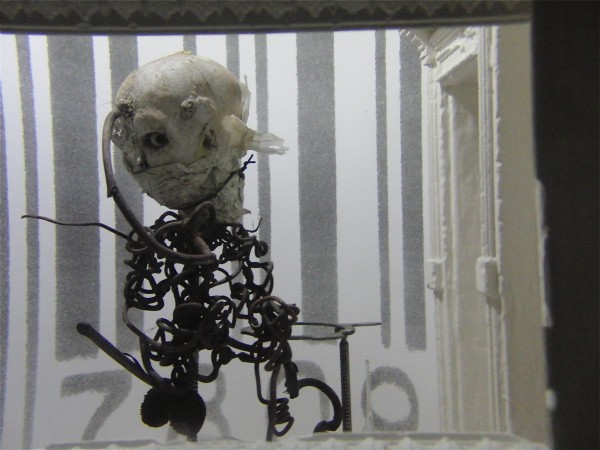
Quay Brothers, detail, “O Inevitable Fatum, Rehearsals for Extinct Anatomies, décor,” wood, fabric, glass, metal, 1987 (photo by twi-ny/mdr)
The MoMA show is set up like a labyrinth, with treats around every corner, from oil snowscapes done when the brothers were still in single digits to short films made when they were in school, from the creepy Black Drawings of the mid-1970s and stage designs for opera, theater, and dance by Béla Bartók, Eugene Ionesco, Molière, Sergei Prokofiev, Georges Feydeau, E. T. A. Hoffman, and others to their British television documentaries, made with longtime producer Keith Griffiths and including the absolutely insane documentary Igor, the Paris Years Chez Pleyel, in which paper cut-outs of Bolshevik poet Vladimir Mayakovsky, French writer and filmmaker Jean Cocteau, and Russian-born composer Igor Stravinsky hang out and do rather odd things in Paris. All of these works lend intrigue and insight to the primary sections of the exhibition, dedicated to the marvelous short films the Quays are renowned for, dark, dazzling stop-motion animations with puppets that relate mesmerizing tales set in a mysterious world of dreams and nightmares that delve into the subconscious. The Quay Brothers’ breakthrough came in 1986 with Street of Crocodiles, adapted from a Bruno Schulz short story, starring eyeless puppets with open heads and taking place in a Kinetoscope, featuring themes and elements that appear in many of their films, including machines, thread, scissors, repetitive movement, screws, bones, metal shavings, and aching, experimental music. Getting its own room, the film is followed by a two-minute outtake that has never been shown before. Among the many other classic Brothers Quay shorts on view in the galleries are In Absentia, The Cabinet of Jan Svankmajer, Rehearsals for Extinct Anatomies, The Sandman, and the dazzling color films This Unnameable Little Broom and The Comb (from the Museums of Sleep). Downstairs outside the Titus Theaters is “Dormitorium,” a terrific collection, previously seen at Parsons the New School for Design in 2009, of film décors, glass-enclosed sets from many of the above-mentioned films as well as many others. And on the first floor by the up escalator you can find “Coffin of a Servant’s Journey,” a short film inside a coffin that can be watched by only one person at a time.
“On Deciphering the Pharmacist’s Prescription for Lip-Reading Puppets” is a magical trip inside the bizarre, surreal world of the Quay Brothers, an exhibition that was a long time coming and has been handled splendidly. It’s also an exhibition that requires a lot of time to be properly enjoyed, so don’t rush through it or you’ll miss so many of its myriad hidden treasures. And as far as the title itself goes, we’ll leave that to the Quays to describe themselves, as they do in the catalog in a faux interview with sixteenth-century composer Heinrich Holtzmüller: “In our mind it’s more of a teasing inducement for a journey. Not a grand journey but a tiny one . . . around the circumference of an apple. We’re no doubt gently abusing the anticipation that the prescriptive side is courting both a rational illegibility as well as an irrational legibility. Hopefully the intrigued will engage with the ambiguity. And besides, the prescription is only mildly inscrutable and one certainly won’t die from it, considering that thousands of people a year reportedly die from misread prescriptions.” You were expecting anything different?
(MoMA will be screening the Quay Brothers’ latest full-length film, Franz Kafka’s The Metamorphosis, on January 6-7 in Titus Theater 1, with a live musical score performed by Mikhail Rudy. Also on January 7, “The Essential Shorts, Part 2” will screen six shorts in the Education and Research Building, including Rehearsals for Extinct Anatomies, Nocturna Artificialia, Ex Voto, This Unnameable Little Broom: Epic of Gilgamesh, Maska, and Bartók Béla: Sonata for Solo Violin.)
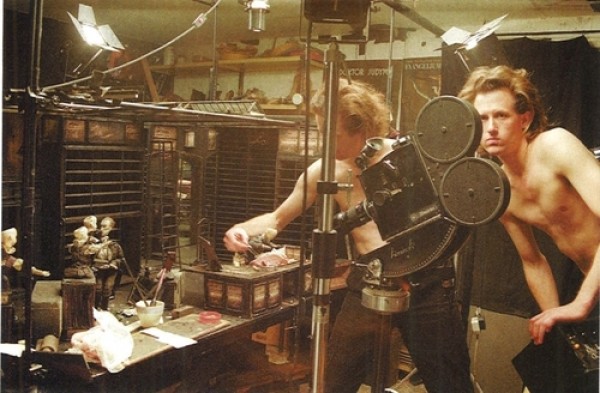
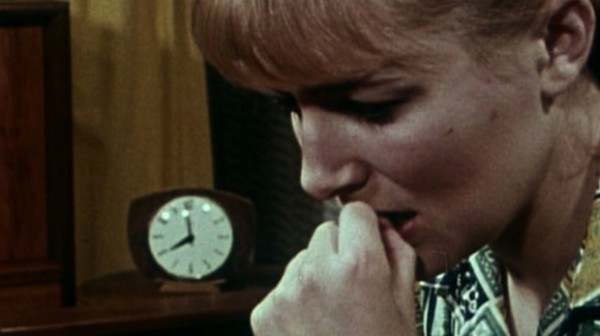
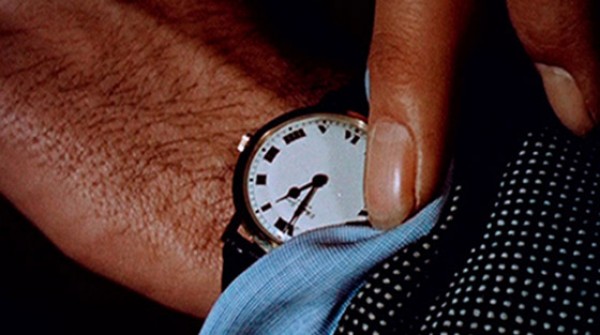
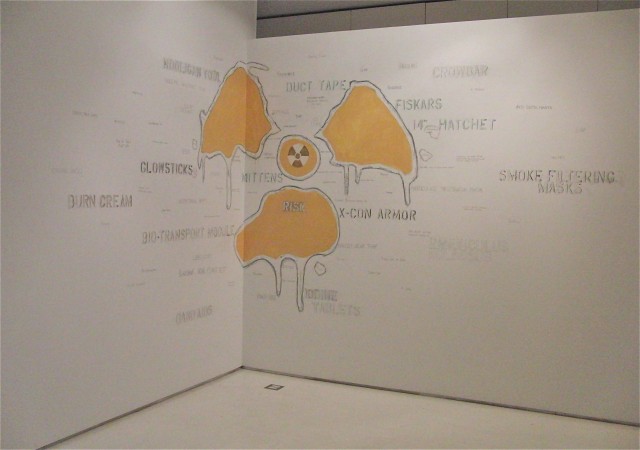
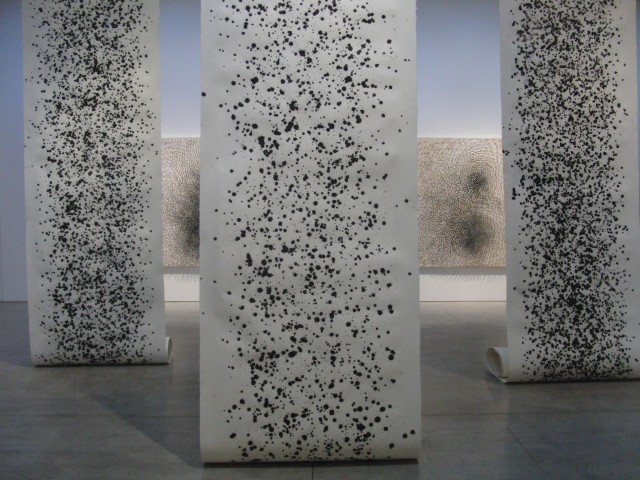
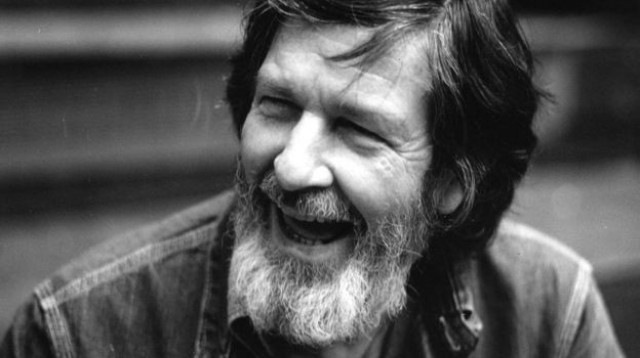
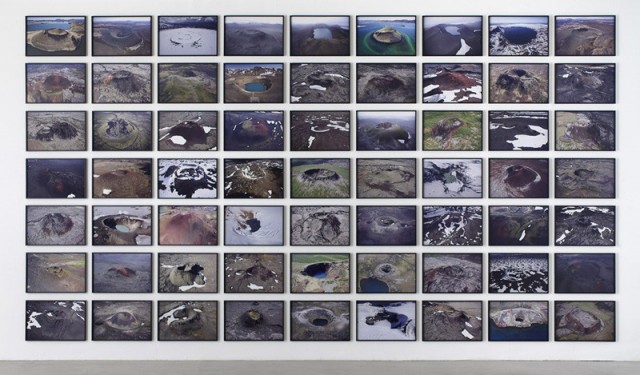
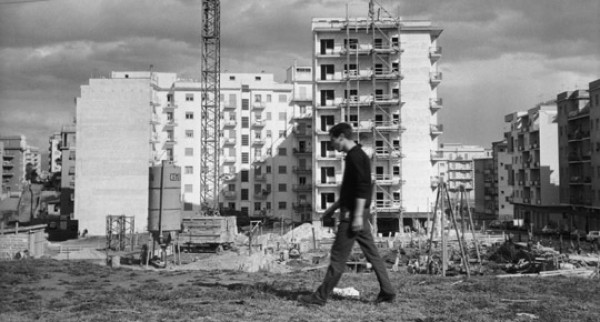
 After collaborating on a number of works by such auteurs as Mauro Bolognini and Federico Fellini, poet and novelist Pier Paolo Pasolini made his directorial debut in 1961 with the gritty, not-quite-neo-realist Accattone (“scrounger” or “beggar”). Somewhat related to his books Ragazzi di vita and Una vita violenta, the film is set in the Roman borgate, where brash young Vittorio “Accattone” Cataldi (Franco Citti) survives by taking crazy bets — like swimming across a river known for swallowing up people’s lives — and working as a pimp. After a group of local men beat up his main money maker (Silvana Corsini), he meets the more naive Stella (Franca Pasut), whom he starts dating with an eye toward perhaps converting into a prostitute as well. Meanwhile, he tries to establish a relationship with his son, but his estranged wife and her family want nothing to do with him. Filmed in black-and-white by master cinematographer Tonino Delli Colli, Accattone is highlighted by a series of memorable shots, from Accattone’s gorgeous dive from a bridge to a close-up of his face covered in sand, many of which were inspired by Baroque art and set to music by Bach. Written with Sergio Citti and featuring a production assistant named Bernardo Bertolucci, the story delves into the dire poverty in the slums of Rome, made all the more real by Pasolini’s use of both professional and nonprofessional actors. Accattone is screening December 14 and 27 as part of MoMA’s “Pier Paolo Pasolini” series, a full career retrospective that runs December 13 to January 5 and includes such special events as “Recital: An Evening Dedicated to Pier Paolo Pasolini the Poet” at MoMA on December 14 and the Sunday Sessions program “Pier Paolo Pasolini: Intellettuale” at MoMA PS1 on December 16 with Paul Chan, Ninetto Davoli, Emi Fontana, Barbara Hammer, Alfredo Jaar, Lovett/Codagnone, and Fabio Mauri. In addition, there will be a number of other Pasolini celebrations around the city, including the December 13 seminar “Pasolini’s Languages” at the
After collaborating on a number of works by such auteurs as Mauro Bolognini and Federico Fellini, poet and novelist Pier Paolo Pasolini made his directorial debut in 1961 with the gritty, not-quite-neo-realist Accattone (“scrounger” or “beggar”). Somewhat related to his books Ragazzi di vita and Una vita violenta, the film is set in the Roman borgate, where brash young Vittorio “Accattone” Cataldi (Franco Citti) survives by taking crazy bets — like swimming across a river known for swallowing up people’s lives — and working as a pimp. After a group of local men beat up his main money maker (Silvana Corsini), he meets the more naive Stella (Franca Pasut), whom he starts dating with an eye toward perhaps converting into a prostitute as well. Meanwhile, he tries to establish a relationship with his son, but his estranged wife and her family want nothing to do with him. Filmed in black-and-white by master cinematographer Tonino Delli Colli, Accattone is highlighted by a series of memorable shots, from Accattone’s gorgeous dive from a bridge to a close-up of his face covered in sand, many of which were inspired by Baroque art and set to music by Bach. Written with Sergio Citti and featuring a production assistant named Bernardo Bertolucci, the story delves into the dire poverty in the slums of Rome, made all the more real by Pasolini’s use of both professional and nonprofessional actors. Accattone is screening December 14 and 27 as part of MoMA’s “Pier Paolo Pasolini” series, a full career retrospective that runs December 13 to January 5 and includes such special events as “Recital: An Evening Dedicated to Pier Paolo Pasolini the Poet” at MoMA on December 14 and the Sunday Sessions program “Pier Paolo Pasolini: Intellettuale” at MoMA PS1 on December 16 with Paul Chan, Ninetto Davoli, Emi Fontana, Barbara Hammer, Alfredo Jaar, Lovett/Codagnone, and Fabio Mauri. In addition, there will be a number of other Pasolini celebrations around the city, including the December 13 seminar “Pasolini’s Languages” at the